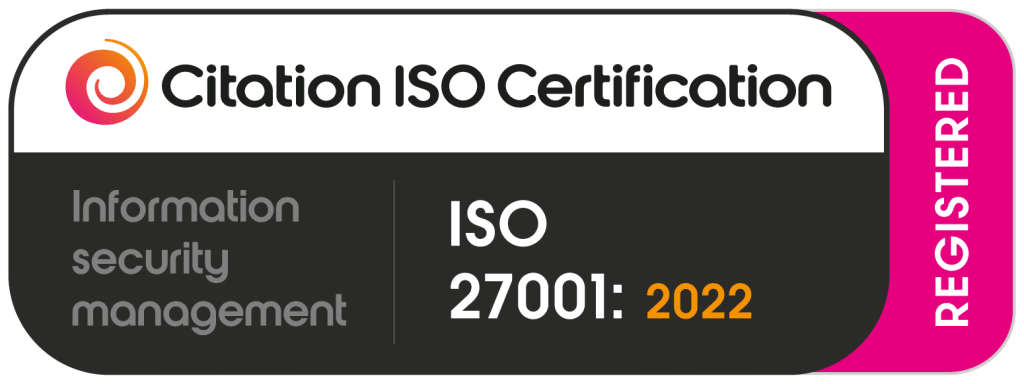What is Natural Language Processing (NLP)?
Natural Language Processing (NLP) is a revolutionary field that lies at the intersection of artificial intelligence, computer science, and computational linguistics. NLP enables machines to understand, interpret, and generate human language in a way that is meaningful and useful. NLP has evolved significantly since its inception, moving from simple tasks like optical character recognition to complex applications such as text summarization, sentiment analysis, and machine translation.
How Does NLP Work?
At the core of NLP are sophisticated algorithms and models designed to analyze and interpret natural language data, including text and speech. The NLP systems must grapple with the inherent ambiguity of human languages, where words and phrases can have multiple meanings depending on context. NLP employs a wide variety of techniques, including tokenization, part-of-speech tagging, named entity recognition, and syntactic parsing. The Natural Language Toolkit (NLTK) is a popular resource for NLP practitioners, providing a comprehensive set of tools for tasks such as tokenization, stemming, and parsing. These tools form the foundation of the NLP pipeline, which typically involves several stages of processing raw text to extract meaningful information.
NLP and Machine Learning
Machine learning plays a crucial role in modern NLP systems. Supervised learning techniques, like logistic regression and naive Bayes, are commonly used for tasks like text classification. Meanwhile, unsupervised learning methods are employed for tasks like topic modeling. Recently, deep learning models, particularly recurrent neural networks and large language models, have revolutionized the field, achieving unprecedented performance on a wide range of NLP tasks.
Natural Language Generation Systems
One of the most exciting developments in NLP has been the emergence of natural language generation systems. These models can produce human-like text, opening up new possibilities for applications such as automated content creation and virtual assistants. Generating coherent and contextually appropriate text, however, remains a significant challenge, requiring sophisticated language models and careful consideration of ethical implications.
How NLP Works: An Overview
NLP involves several steps that work together to enable machines to understand and generate human language. These steps include:
- Text Tokenization: Breaking down the text into smaller units, such as words or sentences.
- Part-of-Speech Tagging: Assigning grammatical tags to each token, such as noun, verb, or adjective.
- Named Entity Recognition: Identifying and classifying named entities, such as names, organizations, or dates.
- Syntax Analysis: Understanding the structure and relationship between words in a sentence, such as subject-verb-object.
- Semantic Analysis: Extracting meaning and understanding context.
NLP Applications
NLP has found applications across a wide variety of domains:
- In the business world, it powers chatbots and virtual assistants, enhancing customer service and streamlining operations.
- In the realm of business intelligence, NLP techniques are used to analyze large volumes of text data, extracting valuable insights from sources such as social media posts and customer reviews.
- Search engines rely heavily on NLP to understand user queries and return relevant results, while information extraction systems use NLP to pull structured data from unstructured text.
Challenges of NLP
Despite its many successes, NLP still faces significant challenges. Understanding the nuances of natural human language, with all its idioms, sarcasm, and cultural references, remains a formidable task. NLP systems must be designed to handle the wide variety of human languages, each with its own unique grammatical structures and vocabulary.
Emerging trends in NLP
The field of NLP continues to evolve rapidly, driven by advances in machine learning and the availability of large amounts of text data. Researchers are exploring new approaches to improve natural language understanding, enhance machine translation systems, and develop more sophisticated text generation models. As NLP technology advances, we can expect to see even more innovative applications in fields such as healthcare, education, and scientific research.
As we look to the future, the potential of NLP seems boundless. From improving communication between humans and machines to unlocking insights hidden in vast amounts of text data, NLP is poised to transform numerous aspects of our lives. Whether it’s through more sophisticated virtual assistants, more accurate machine translation systems, or advanced text analytics tools, NLP will continue to bridge the gap between human communication and computer understanding.





